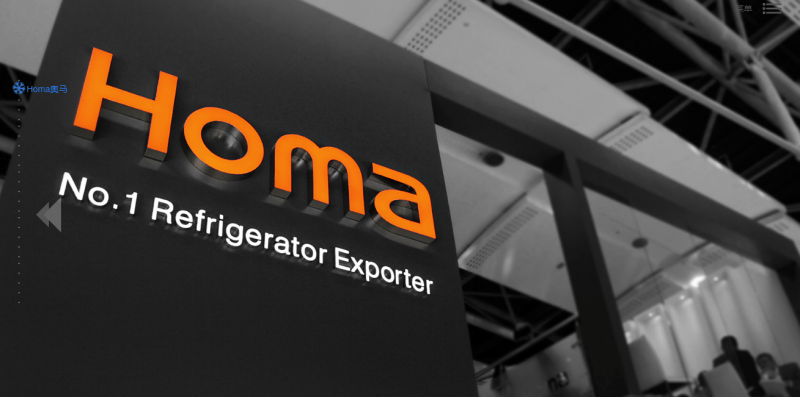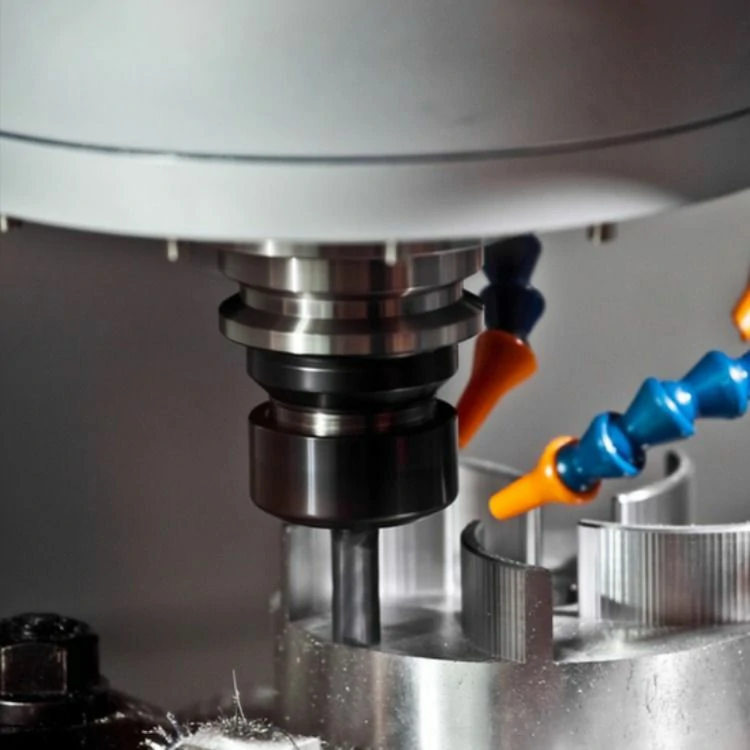A stepper motor is a pulse signal that moves according to a control signal. When it comes to the speed of the stepper motor, it must first mention some principles of its rotation. By adjusting the pulse frequency of the input driver and the subdivision parameters of the driver, the speed of the stepper motor is adjusted, which actually controls the number of steps per unit time of the stepper motor. When the speed of the stepper motor increases, it is accompanied by a decrease in torque. When the torque of the stepper motor drops to a certain extent, its own torque can no longer drive its own weight, causing the motor to stop.
The stepper motor can only be operated by digital signal control. When the pulses are provided to the driver, the control system sends out too many pulses in a too short time, which means the pulse frequency is too high, which will cause the stepper motor to stall. To solve this problem, acceleration and deceleration must be adopted. That is to say, when starting the stepper motor, the pulse frequency needs to be gradually increased, while the pulse frequency needs to be gradually reduced during deceleration. This is what we often refer to as the “acceleration and deceleration” method.
The rotation speed of a stepper motor is changed based on the changes in the input pulse signal. In theory, when a pulse is given to the driver, the stepper motor rotates by a step angle (which is a subdivided step angle during subdivision). In fact, if the pulse signal changes too quickly, the magnetic reaction between the rotor and stator of the stepper motor will not follow the changes in the power on signal due to the damping effect of the internal reverse electromotive force, resulting in rotor lockup and step loss. So when the stepper motor starts at high speed, it needs to use the method of pulse frequency acceleration, and there should be a deceleration process when it stops to ensure the precise positioning control of the stepper motor. The principle of acceleration and deceleration is the same.
The conventional methods for adjusting the speed of stepper motors are divided into the following:
1、 Speed regulation of commutator motor
Advantages: ① It has a simple structure for AC synchronous motors and good speed regulation performance for DC motors; ② At low speeds, voltage is used, and at high speeds, the back electromotive force of a stepper motor is used for natural commutation, ensuring reliable operation; ③ No additional slip loss, high efficiency, suitable for starting and regulating high-speed and large capacity synchronous motors. Disadvantage: The overload capacity is low, and the original motor capacity cannot be fully utilized.
2、 Stator voltage regulation and speed regulation
Advantages: ① Simple circuit, small device size, and low price; ② Easy to use and maintain. Disadvantages: ① Increase in slip loss during the speed regulation process, which causes the rotor to heat up and has low efficiency; ② The speed regulation range is relatively small; ③ Require the use of high slip motors, such as specially designed torque motors, which have softer characteristics and are generally suitable for asynchronous motors below 55kW.
3、 Rotor series resistance speed regulation
Advantages: ① Low technical requirements, easy to master; ② Low equipment cost; ③ No electromagnetic harmonic interference. Disadvantages: ① The series cast iron resistor can only be used for stepwise speed regulation. If a liquid resistor is used for stepless speed regulation, the maintenance and upkeep requirements are high; ② During the speed regulation process, all the additional slip power is converted into losses in the form of resistance heating, resulting in low efficiency The speed range is not large.
4、 Electromagnetic slip clutch speed regulation
Advantages: ① Simple structure, small control device capacity, and low value; ② Reliable operation and easy maintenance; ③ No harmonic interference. Disadvantages: ① Large speed loss, as the electromagnetic slip clutch itself has a large slip, the maximum speed of the output shaft is only 80% to 90% of the synchronous speed of the motor; ② During the speed regulation process, all differential power is converted into thermal energy, resulting in low efficiency.
Adjust the speed parameters of the stepper motor driver according to the required motion speed. The speed of the motor can be adjusted by changing the pulse frequency of the driver or changing the number of subdivisions. The higher the pulse frequency, the faster the motor’s movement speed; The higher the subdivision, the smoother the motion of the motor. Adjust and optimize according to the actual situation. In practical applications, it is necessary to consider factors such as the load situation, inertia, and smoothness of motion of the motor, and gradually optimize the speed and effectiveness of the motor through continuous testing and adjustment. It should be noted that when adjusting the speed of the stepper motor, it is necessary to ensure that the driving signal of the motor is stable and accurate to avoid errors or oscillations. At the same time, adjustments need to be made according to actual application needs. For example, in applications that require high speed and stability, it is necessary to optimize the motion effect of the motor by increasing the number of subdivisions and other methods. What if the speed of the stepper motor is not enough? If the actual speed is slower than the theoretical speed, it may be caused by out of step and excessive load; If the theoretical speed is also slow, then the pulse frequency is low. Increasing the pulse frequency can increase the speed. In fact, there is a way to increase the speed of the stepper motor. Increase the pulse frequency, for example, by increasing the pulse frequency to 100KHz, the speed is equal to 50rpm, which increases the speed ten times. If you use PLC pulse output to control the stepper motor, it depends on the maximum value of PLC pulse output frequency. The high-speed pulse output that can be supported can provide higher speed.https://store.stoneitech.com/



